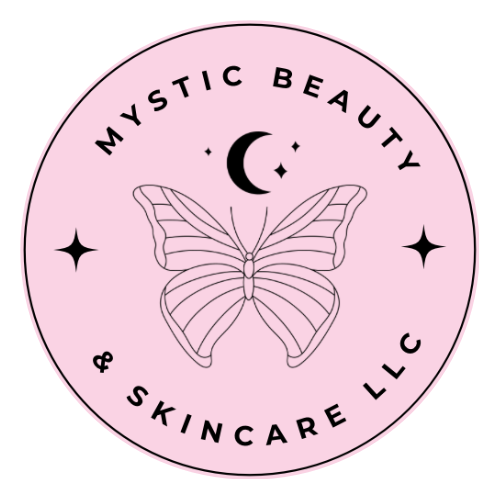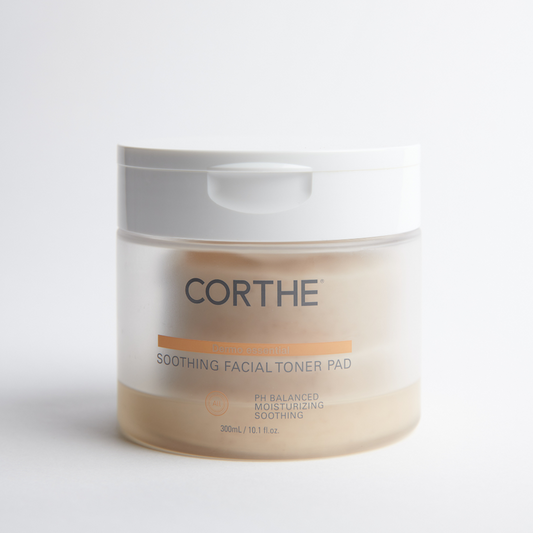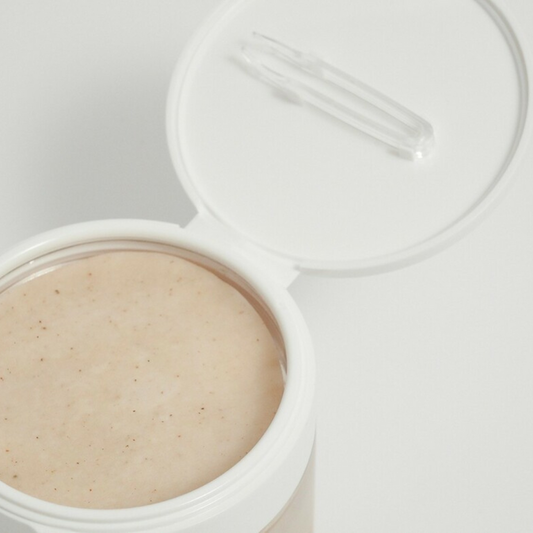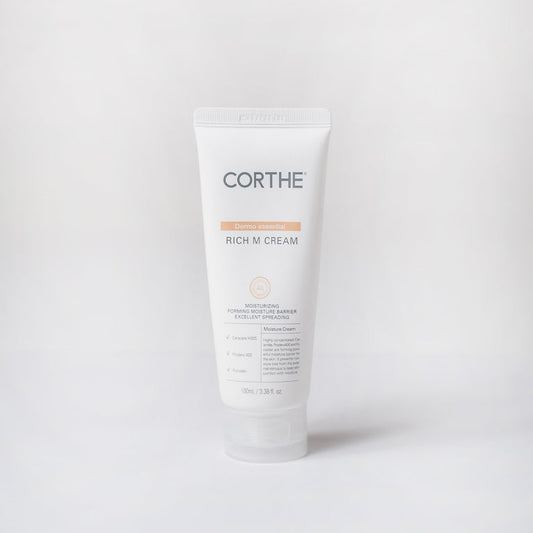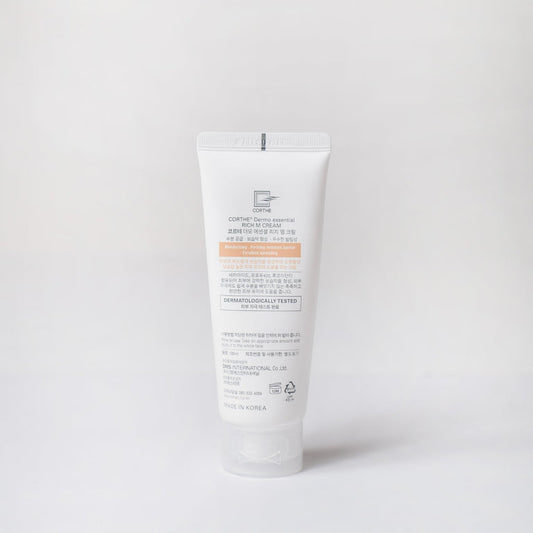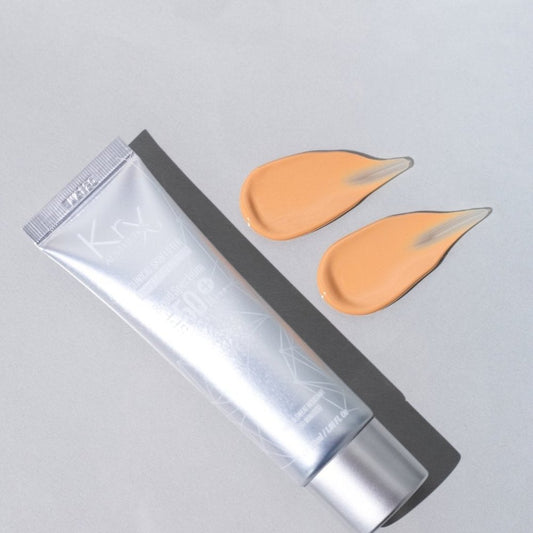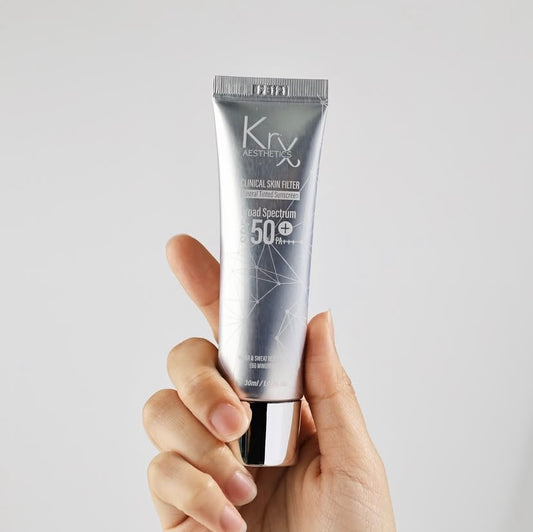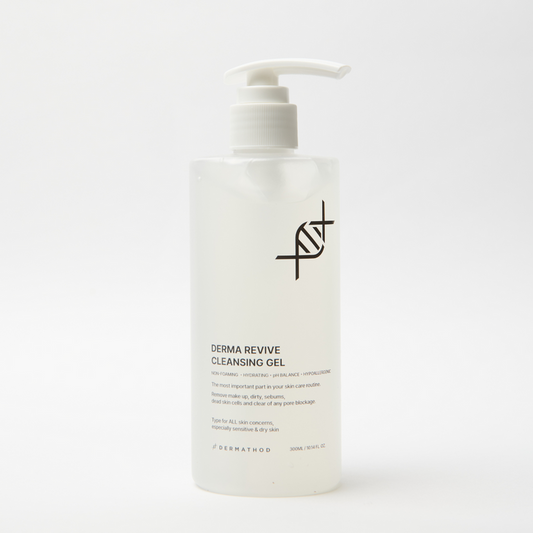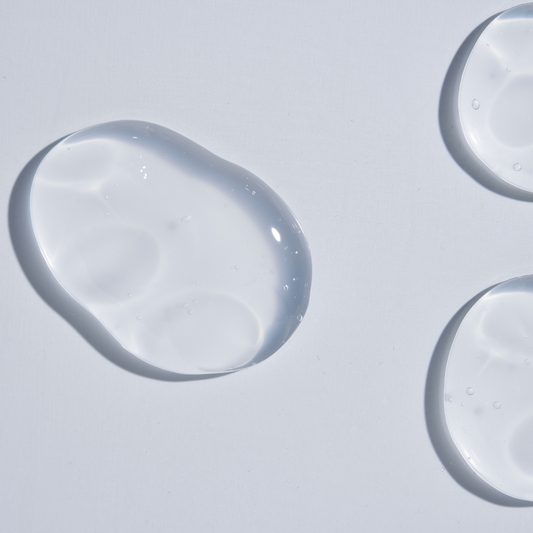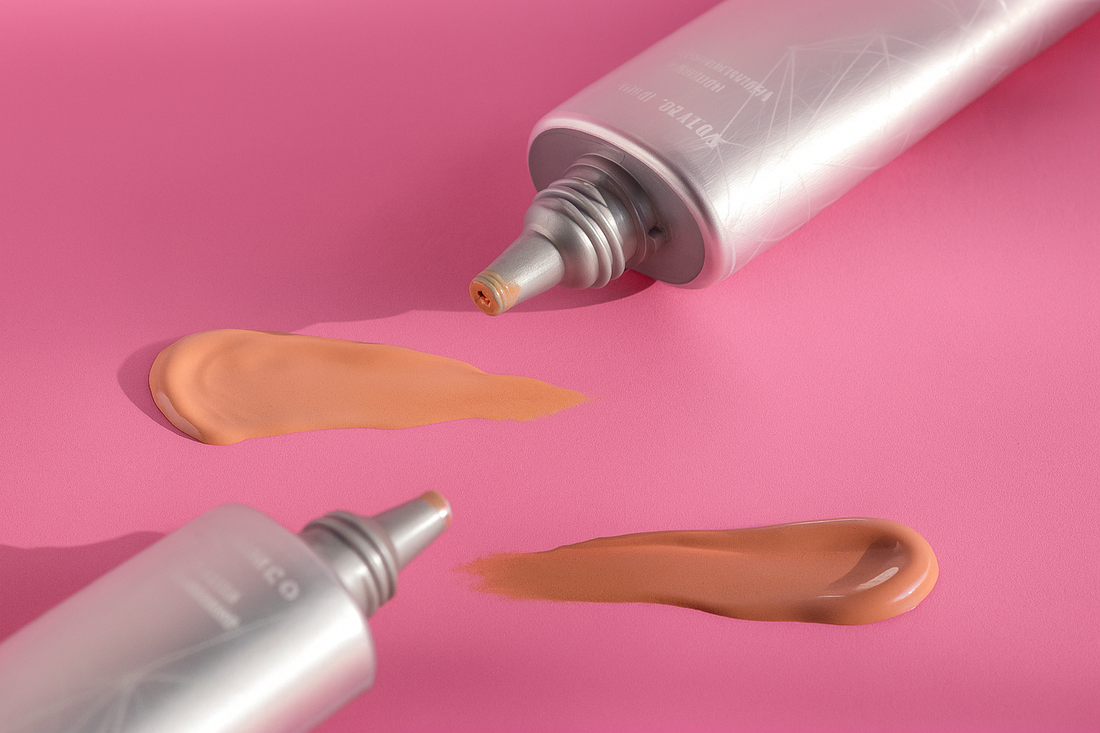
Chemical vs. Mineral Sunscreen: Korean Broad-Spectrum SPF Explained
Share
Why Broad-Spectrum Sunscreen Matters
Sunscreen isn’t just about avoiding sunburn—it’s the single most important step in protecting your skin from premature aging, hyperpigmentation, and skin cancer. When you see the phrase broad-spectrum, it means you’re getting protection from both UVA rays, which accelerate wrinkles and collagen breakdown, and UVB rays, which cause burning and visible damage. A daily broad-spectrum SPF is one of the most luxurious anti-aging treatments you can give your skin.
Chemical Sunscreens: Lightweight, Invisible Protection
Chemical sunscreens work by absorbing UV rays and converting them into heat, which the skin then releases instantly. These formulas often include ingredients like avobenzone, octocrylene, oxybenzone, or octinoxate. They’re designed to feel weightless, sinking into the skin without leaving residue, and they layer beautifully under makeup—making them ideal for anyone who wants SPF to disappear into their routine. The downside is that they take around 15–30 minutes to activate fully.
Mystic Beauty's top pick: Pfect-A Solar Elixir Serum Sunscreen SPF 50 PA+++
Mineral Sunscreens: A Gentle, Reflective Shield
Mineral sunscreens, on the other hand, act like a physical barrier reflecting UV rays away from the skin. With active ingredients such as zinc oxide and titanium dioxide, they begin working the moment you apply them. They’re especially loved by those with sensitive or acne-prone skin, as they tend to soothe irritation. They’re also reef-safe and eco-conscious, making them a natural choice for anyone concerned with both skin health and the environment. That said, they can leave a visible white cast on deeper complexions, and the texture is often thicker, making them less seamless under makeup. "Flashback" effect is also common in flash photography.
Mystic Beauty's top pick: KrX Skin Filter Tinted Sunscreen SPF 50 PA+++
Choosing the Right Sunscreen for Your Skin
| Skin Type | Recommended SPF Type | Look For |
|---|---|---|
| Sensitive or reactive | Mineral | Non-nano Zinc Oxide, Titanium Dioxide |
| Oily or acne-prone | Chemical or hybrid | Oil-control, non-comedogenic formulas |
| Normal to dry | Chemical | Hydrating, serum-like textures |
| Makeup wearers | Chemical | Sheer finish, no-pilling under foundation |
| Eco-conscious | Mineral | Biodegradable, reef-safe ingredients |
Why Korean Sunscreens Are in a League of Their Own
Korean sunscreens stand apart because they’re scientifically engineered with versatility in mind. Instead of heavy creams, you’ll find silky lotions, watery gels, and even SPF serums that vanish into the skin. These formulas are never just about sun protection; they’re infused with calming herbals like Centella Asiatica, brightening agents, and hydrating ingredientsthat transform SPF into skincare. Many offer tinted finishes that blur pores, even skin tone, and add radiance, while the PA+++ rating ensures advanced UVA defense—blocking the deep rays that cause fine lines and pigmentation.
Luxe Korean SPF Picks at Mystic Beauty & Skincare
-Pfect-A Solar Elixir Serum Sunscreen feels like a feather-light serum, offering chemical protection without a trace of white cast.
-KrX Aesthetics Korean Sunblocker blends chemical filters with titanium dioxide for reliable hybrid coverage.
-KrX Skin Filter Tinted Sunscreen SPF 50 PA+++ is a hybrid formula that hydrates, blurs imperfections, and leaves a natural glow.
-Korean Sunscreen Bundle is the ultimate way to experience daily protection for any occasion.
The Art of SPF Application
True protection comes down to how you use it. 2 finger length's worth is the minimum for your face alone, and reapplication every two hours is essential, especially if you’re outdoors, sweating, or swimming. Allow chemical formulas 15-30 min. to absorb before layering makeup, while mineral formulas should be gently pressed into the skin rather than rubbed. Never neglect your ears, neck, and the backs of your hands—these often-forgotten areas are just as vulnerable to UV damage as your face.
FAQ: Sunscreen, Simplified
Do I need sunscreen indoors?
Yes. UVA rays can penetrate windows and contribute to collagen breakdown and hyperpigmentation.
What does PA+++ mean?
It’s a UVA protection rating. PA+++ means your skin is absorbing at least eight times less UVA rays than it would without sunscreen. Learn more about the PA+++ rating system here.
Is mineral sunscreen better for sensitive skin?
Most of the time, yes. Zinc oxide and titanium dioxide are less likely to cause irritation, making them ideal for sensitive or acne-prone skin. However, Korean formulations like Pfect-A Solar Elixir Serum Sunscreen SPF 50 PA+++ are designed to work well with sensitive and reactive skin.
Can I mix chemical and mineral sunscreen?
Absolutely. Many of the best Korean sunscreens are hybrids, combining both technologies for comfort and effectiveness.
How much sunscreen should I use?
A nickel-sized amount or 2 finger length's worth for the face, and about a shot glass worth—one ounce—for the entire body.

The Bottom Line
Choosing between chemical and mineral sunscreen doesn’t need to be complicated—it’s about matching your SPF to your skin type and lifestyle. Korean sunscreens make that choice easier with luxurious textures, skin-soothing ingredients, and superior PA+++ protection. Whether you prefer a serum-like chemical, a gentle mineral shield, or a hybrid that does it all, your perfect SPF is waiting for you.
